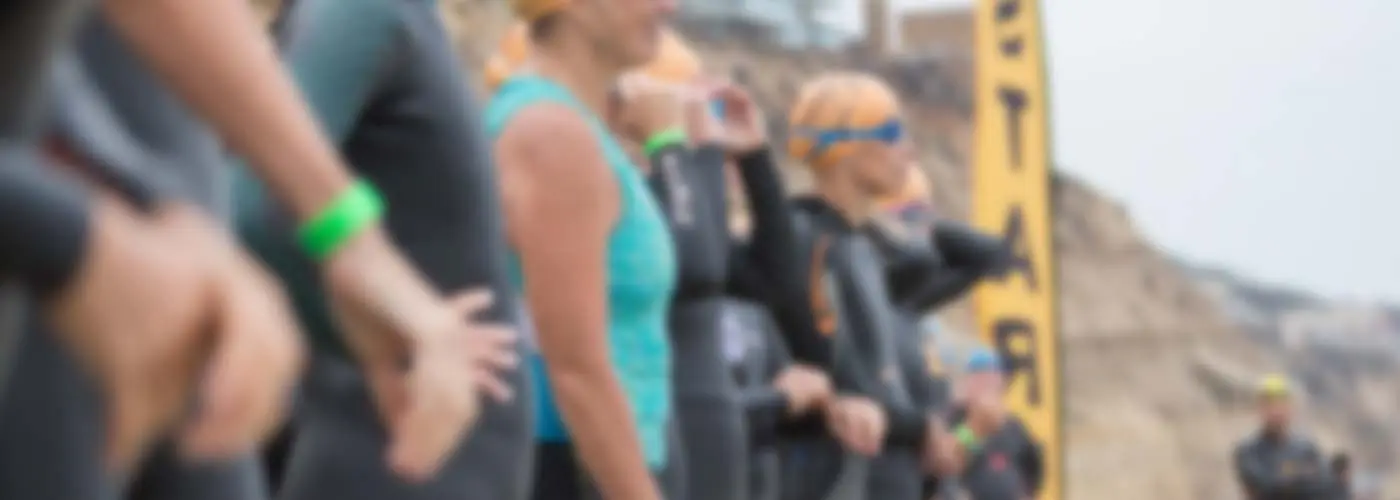How: Stand on one foot and lower yourself down to a comfortable depth without straining your knee, then raise yourself back up. Try this without holding onto anything to get a significant balance benefit out of it. Do three sets of 10 reps.
More: Improve Your Sprint Finish With a Strength Workout
2) Eccentric Calf Raises: This is the second most commonly prescribed run-specific strength/flexibility move that I prescribe. It helps to create a better forward upper torso position, leading to a higher running cadence and much reduced braking force. This move also practically eliminates below the knee soft tissue injuries.
How: Stand on a step with just the ball of your foot (preferably barefoot). Start on the toes of one foot and very slowly lower yourself down until your heel comfortably stops (full range of motion). Then, lift yourself with two feet, and again lower yourself with one again. Do three sets of 10 reps on each leg.
3) Two-Joint Hip Flexor Stretch: This move is very run-specific and really helps to target the hip flexors and upper quads, which are areas that are chronically tight in triathletes, due to high cycling volumes. For many years I prescribed a traditional psoas stretch to help fix very short extensions, as discussed above. However, I later realized that the two-joint stretch was more functional, helping to engage the upper quad, and critical to creating better extension and running cadence.
How: Kneel down on one knee (on a soft surface). Grasp that same side's ankle with the hand on the opposite side—all behind your body. The leg without the knee down should be firmly planted, foot down out in front of you. Once in this position, drive the pelvis toward the ground. Many athletes will need to use a towel to grasp their ankle until they become more flexible. Hold this stretch for 30 seconds and do three reps.
More: 5 Common Hip Injuries You Can Fix
4) Hill Bounding: This is better categorized as a key workout, but in many cases can help to lead to better running mechanics. Initially introduced by Coach Arthur Lydiard, I have successfully used this workout, with my athletes, for the past 10 years as a key workout and run mechanics drill.
How: Hill Bounding is a type of hill repeat where you focus on getting as much vertical bounce as possible, with long strides (totally opposite of the way you would approach a hill on race day). Think "long strides and low cadence" with these. A one-minute hill with a 6 to 10 percent grade is perfect. Take four minutes between repeats. Do six to 10 of these in the context of a 75-minute run.
5) Rotational Core Work: By now, almost all athletes have realized the importance of core strength. What many athletes fail to realize is that rotational core strength is more important as a functional exercise! Practically any core specific abdominal move is fine, as long as it has a rotational component. For example, bicycle crunches.
How: There are many ways to do rotational core work. Inclined sit-ups and bicycle crunches are common.? Any core exercise that has a rotational component will suffice.
More: 3 Medicine Ball Workouts to Build Your Core
The integration of these five moves into your regular functional strength routine can help fix bad running form or help maintain already strong technique. Just two sets of each, once or twice each week, is all it takes.
 Practice proper running mechanics at a race.
Practice proper running mechanics at a race.- 3
- of
- 3
About the Author

Get ACTIVE on the Go


Couch to 5K®
The best way to get new runners off the couch and across the finish line of their first 5K.
Available for iOS | Android








Discuss This Article